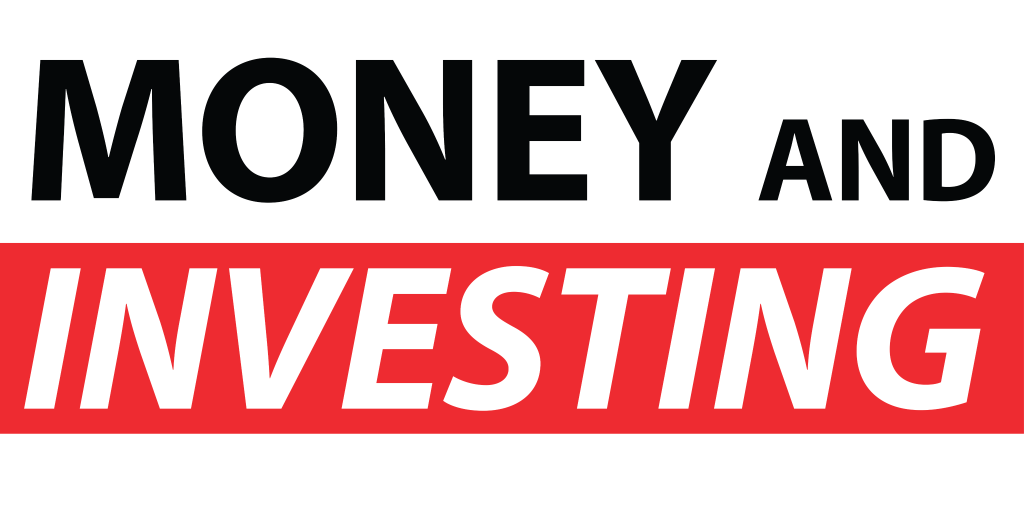The Fall of the Aussie Home Builders
Recent newsflow has provided alarming information of some major home building companies going bust. Join us this week for some insight on what has happened, how it happened, and where we might see the building sector go from here:
The Story So Far
If you watch the news you may have seen headlines of a few major home builders going bust. It has not happened all at once, but we have seen multiple major homebuilders folding including Condev, Probuild. Metricon was on the brink, but managed to narrowly stave off a collapse. The consequences of these massive companies failing are huge and affect the lives of many. Creditors find themselves at a loss when the builders collapse, staff within the company lose their jobs, in an industry which is clearly struggling, and even home buyers are at a loss as to who is going to finish building their new home they bought off the plan.
The Problems
The nature of these home building businesses is that a lot of their projects are purchased off the plan. Host Andrew Baxter explains that the list of costs is long and susceptible to change throughout the lifetime of a building project. Material costs, labour costs and even borrowing costs mean the margins on a project may not be particularly wide to begin with, but when we see these costs increase in the midst of a build then there can be serious problems for the builder. A home buyer may purchase off the plan for $700,000, with initial budgets suggesting the building company can build it for less and as a result turn a profit. When expenses increase, profits may decrease drastically resulting in a negative impact on the business.
Home builders have been feeling the painful effects of a massive shift in market dynamics. Supply chain issues pushing the price of building materials such as timber higher, combined with rising interest rates making borrowing more expensive, high fuel and operating costs exacerbated by high oil prices, and relatively hefty wages in Australia with a recent minimum wage increase only making labour more expensive, there are a lot of challenges facing Australian building companies. A cost-plus model could be a great introduction for home builders, as they charge for the cost of materials plus a markup as they fluctuate. By committing to finish the build for a buyer, this business can guarantee that everyone involved makes an equitable profit. What do you think?
The Ramifications of Overstimulus
The building industry is often propped up by the government as a strong building industry tends to have a cascading effect on the rest of the economy. But when a government over does it with stimulus and growth gets out of control, we end up in inflationary environments like we are now. Then when we see the stimulus pulled back, the builders then must fend for themselves but already operate at a capacity in which they rely on the stimulus and this is where they get into trouble. Host Andrew Baxter points out that the government was propping up building companies for a while after it perhaps was no longer necessary which has ultimately gotten us into the current position.
Outstanding Debts
One of the majorly concerned parties, believe it or not, is the Australian Tax Office. The single biggest creditor to the ATO is the construction industry and the tax bill owing from building companies is large to say the least. Host Andrew Baxter notes an approximate tax bill of $7.2 billion from builders around Australia and sub-contractors within it. Being unable to collect on $7.2 billion is a major issue for the tax office as you can imagine, and only puts further pressure on the Australian taxpayer and the economy as a whole. Overall, there are some grave concerns about the home builders that have already collapsed, and the many more that may be teetering on the brink.



